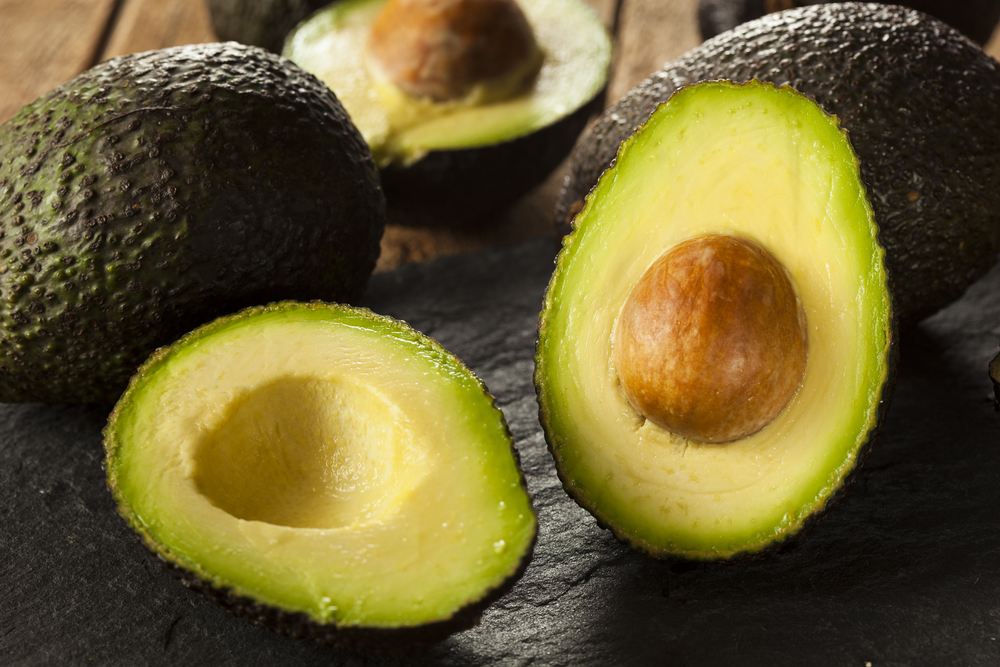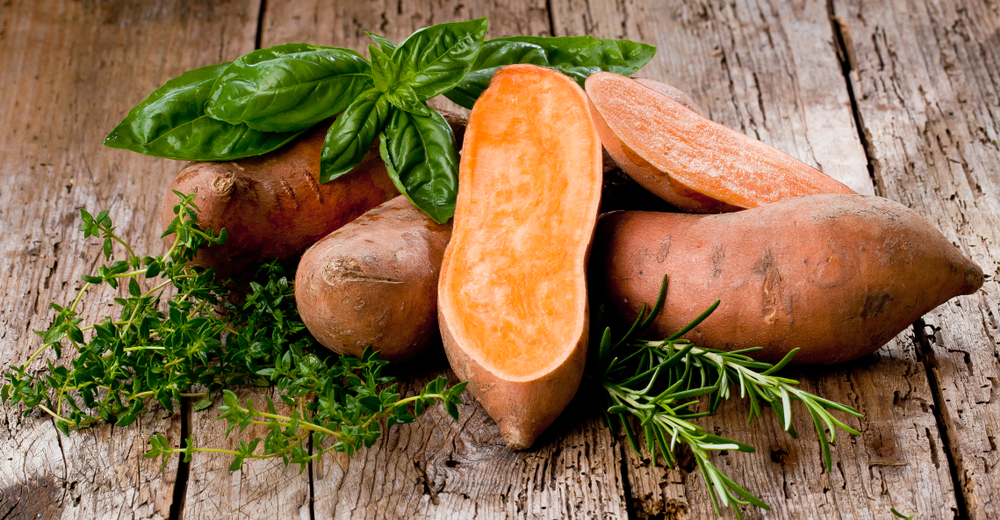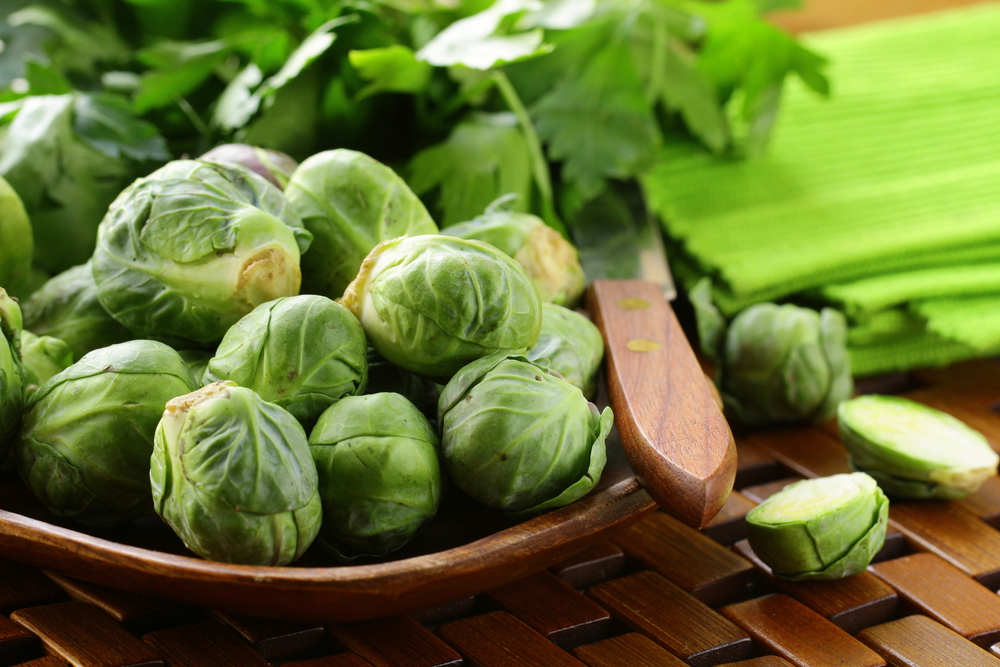Eating Seasonally
Today, we are used to walking into supermarkets all year round and finding whatever fruits and veg we want: strawberries at Christmas, oranges on a hot summer’s day.
Modern consumerism and supermarkets’ desire to satisfy our purchasing demands mean that we have forgotten that fruit and vegetables have seasons.
But by eating foods that are in season we can reduce our carbon footprint, enjoy healthier, better-tasting foods and even save money.
Food that grows closer often travels less, tastes better and saves your money.

Save Money When You Eat Seasonally
When you buy out-of-season food, it has either had to travel a long way to be on your plate or been grown in controlled conditions. This can make it more expensive. Food grown locally grows best in local conditions. This can mean fewer production costs and a lower price for you.
You can tell which foods are in season by checking their prices. During the summer months, strawberries can cost as little as £1.79 per kilo compared to the winter when the price can go as high as £3.40. Statista.com
Eating Seasonally Tastes Better
For out-of-season foods to be on our supermarket shelves all year round, they are imported from all over the world. All this travel time means they need to be picked early and left to mature in cargo holds and storage containers.
The tomatoes you see in the supermarket might be red and ripe now, but when they were picked, they were still green. They haven’t had a chance to mature in the sunlight and develop succulent juicy flavours. The best tomatoes you can get are those you grow in your garden but failing that, you should look locally for tasty toms.
The problem is that to meet consumer demand, selective breeding of fruit and veg has favoured quantity and appearance over taste. Growers now want produce that ripens universally and will look appealing for the longest time on supermarket shelves, rather than taste good and contain nutrients.
Healthier To Eat Seasonally Too
Of course, along with taste comes goodness. Studies have shown that vegetables such as broccoli and spinach contain different levels of vitamin C depending on the season they are grown in. When grown in their “natural” season, vegetables produce more of the vitamins and nutrients that we eat them for.
The same has also been found for animal products. In 1997, the Ministry of Agriculture, Fisheries and Food in London found that the nutrient content of cow's milk in summer was different from that produced in the winter.
Summer milk was higher in beta-carotene, while winter milk contained more iodine. The Ministry attributed these differences to the cows’ diets and the fact that during the winter they would eat more salt-preserved foods.
Support Your Local Farmers When You Eat Seasonally
Your local growers and farmers are busy all year round. Just because you don’t see their products on the shelves, doesn’t mean they aren’t working. When you shop for seasonal goods, you’re buying locally and supporting your community. But when you buy foods that have to travel, all the profits the growers might have seen are swallowed up in transportation costs.
Help The Environment
The further your food has to travel, the larger the carbon footprint it leaves. Most of our fruit and veg is imported, but by buying locally-grown seasonal foods we can reduce our carbon emissions, help our community and eat tastier food.
More Variety In The Food You Eat
A pleasant side effect of eating what's in season is that you get a broader variety of foods in your diet. When you shop locally, you have a wonderful opportunity to discover new foods and new recipes. By eating seasonally, you naturally adopt a shift in the foods you eat; your diet shifts with the seasons. During the warmer months, you eat lighter foods and then heavier foods in the colder winter months.
Fruits and Vegetables In Season
So how can you tell which foods are in season?
One way is to keep an eye on the price. Food which is in season will also be more abundant, so supermarket prices will be lower.
If you need any more help, we put together a table of some foods and when they come into season.




